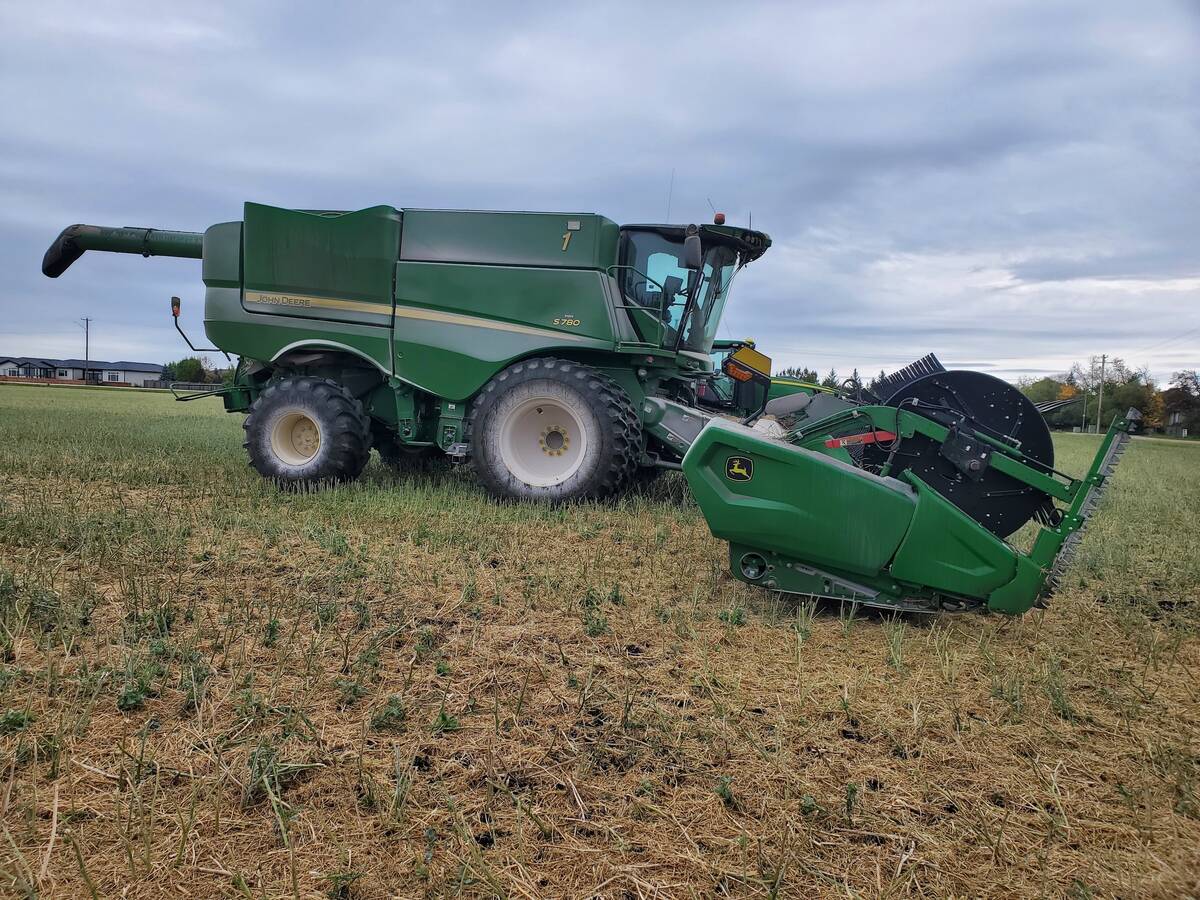The federal government has published the final version of new rules that require more raw milk in most cheese sold in Canada.
Now the cheese making industry is scrambling to figure out how to comply even as it warns that the new rules could turn into a costly disaster.
Even the Canadian Food Inspection Agency acknowledged in an impact analysis, which was published with the regulations, that the new rules will cost the industry tens of millions of dollars, probably increase consumer cheese prices, potentially add to environmental problems and contribute nothing to enhancing cheese nutrition.
Read Also

Powdery mildew can be combine fire risk
Dust from powdery mildew can cause fires in combines.
While CFIA said consumers will benefit from being assured their cheese is made with milk and not lower-priced milk protein substitutes, the main beneficiaries will be dairy farmers whose revenues are expected to increase more than $185 million annually because of increased milk sales.
Don Jarvis, president of the Dairy Processors’ Association of Canada, said Jan. 14 that the agency severely underestimated the costs and the impact the new rules will have on dairy industry competitiveness.
“This is unprecedented anywhere in the world but it is law now and we are totally preoccupied as an industry with understanding the impact and how to implement these new rules.”
Jarvis complained that the regulators have no scientific means to enforce the rules because they cannot measure the precise level of milk protein in processed cheese. The CFIA will have to depend on records provided by the cheese makers to judge compliance.
Jarvis recently told a Dairy Farmers of Ontario meeting in Toronto that higher cheese prices will put pressure on food manufacturers to find cheaper substitutes for cheese content.
And he complained that the government did not listen despite warnings from a powerful coalition of business, retail and health groups that the proposals would be costly, possibly subject to trade challenge, unenforceable and negative for investment.
The decision to draw up new cheese composition rules was announced last February by then-agriculture minister Chuck Strahl to a raucous and appreciative reception from delegates to the Dairy Farmers of Canada annual meeting.
DFC had been asking for stricter rules on cheese manufacturing for years because of increased use of cheaper substitutes.
On Dec. 26, 2007, the government published the final version of new food and drug regulations that set the minimum percentage of cheese protein content that must come from raw milk. These range from 63 percent for pizza mozzarella to 83 percent for most other types of cheese.
Feta is exempt from the regulations.
In response to complaints that the new regulations would force Canadians to eat more fatty food, the regulations were revised to include provision for continued processing of lower-fat cheeses.
Jarvis said CFIA will begin to enforce the new rules in December.
He said the business and health coalition, which estimates the total cost of the regulations at more than $1 billion, will decide whether to continue its campaign once the full implications of the new rules are clear.
The dairy processors estimate that direct costs to them will be more than double the $71 million estimated by CFIA.
However, dairy farmers describe the new regulations as a matter of making food regulations consistent.
“These clear standards will ensure Canadians consistently get what they expect when it comes to the taste, texture and nutritional value of the cheese they buy anywhere in Canada,” Ontario dairy farmer leader Bruce Saunders said.
















